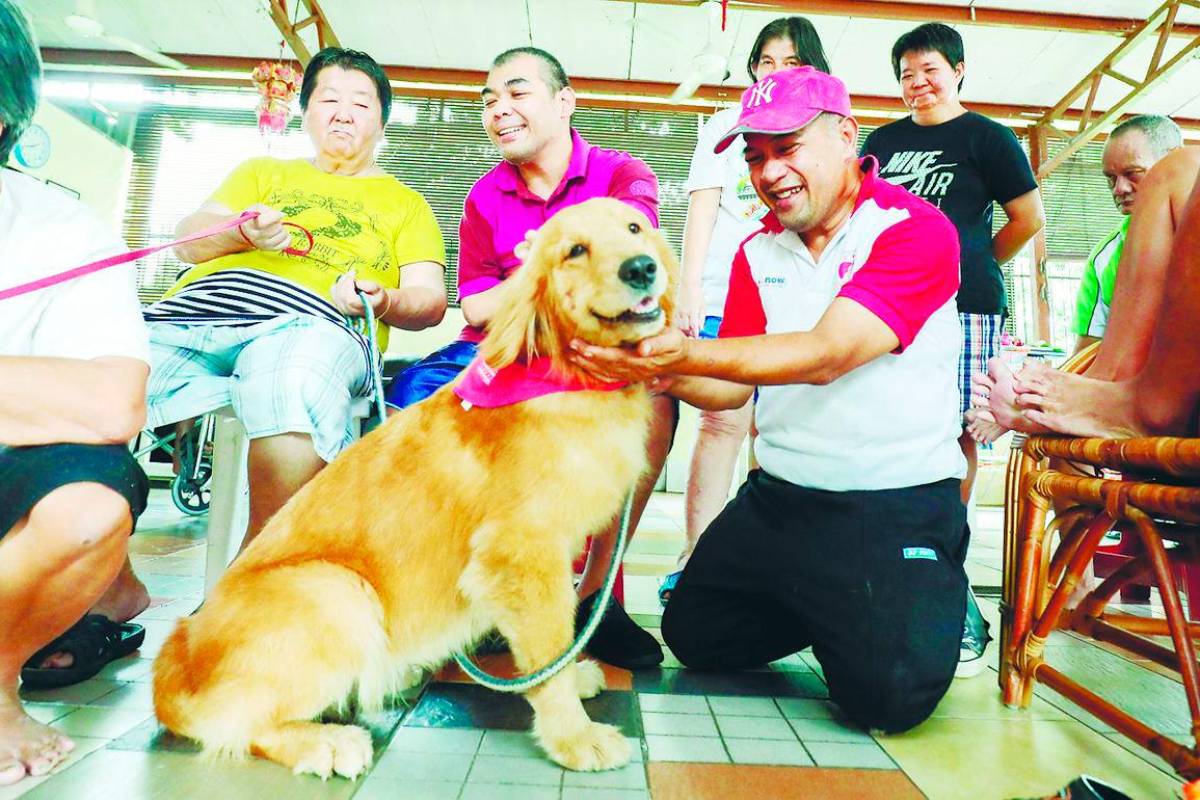Paw-sitive power of therapy animals – The Sun Malaysia

OKAY hear me out: you are lying in a hospital bed, everything hurts, food tastes like cardboard dipped in sorrow, the nurse forgot your Milo ais again – and suddenly, a golden retriever waddles in wearing a tiny vest that says, “Therapy Dog on Duty”.
Tell me your blood pressure wouldn’t instantly stabilise? Tell me your soul wouldn’t do a little jig? Even your cranky roommate in the next bed, the one who keeps hogging the TV remote for endless sinetron marathons, would soften up when that tail starts wagging.
So here’s the million-ringgit question: Why aren’t we doing this everywhere? Hospitals, old folks’ homes, prisons and Jabatan Kebajikan Masyarakat. Because the heart knows what the spreadsheet can’t. Animal-assisted therapy isn’t some woo-woo TikTok trend where you chant affirmations to your houseplants; it is backed by science and common sense.
In the UK, therapy ponies trot into palliative care units, softening the hardest of days. In Japan, therapy dogs are enrolled in elder care, like it’s primary school – uniforms not included.
And here’s where it gets juicy: in Belgium, researchers found that cats can actually be trained and evaluated for Animal-Assisted Services (AAS). These aren’t your average “scratch-the-sofa” felines, they are carefully assessed for calmness, resilience and friendliness – so Mr Whiskers is not just adorable, he is scientifically verified.































